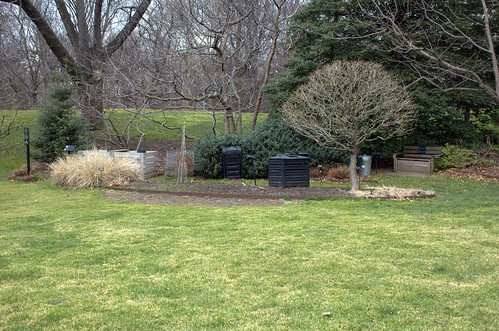There is a Public Competition open for envisioning and designing the future of Gateway National Park, also known as the Gateway National Recreation Area. The deadline for registration is next week, February 28, 2007.
Gateway is huge. It covers 10,374 acres of land and 16,233 acres of water, a total of 26,607 acres. For comparison, the entire island of Manhattan is about 12,800 acres. Gateway consists of three “units”: One in New Jersey, and two in New York City. The Jamaica Bay Unit straddles Brooklyn and Queens. It comprises the majority of Gateway: it covers 19,752 acres, 12,367 of which are water, the remainder of which are 15 different parks, beaches, wildlife refuges, and other sites of interest. Over 330 species of birds have been recorded in Jamaica Bay Wildlife Refuge, the largest designated area within the Jamaica Bay Unit.
Even if you don’t intend to compete, there are hundreds of pages of documentation, scores of maps, and innumerable photographs of Gateway available in the Site Brief section of the competition Web site. Although some details are available only to registrants, much of the information is available, intentionally, to the public at large, to help inform public discussion:
Gateway was designated the first urban National Recreation Area on October 27, 1972, exactly one century after Yellowstone became the first national park in the United States and the world. Thirty-five years later, Gateway continues to struggle to meet the aspirations of its founders, to negotiate its relationship with the communities that surround it, and to balance the goals of historic preservation, environmental conservation, and active recreation.
Gateway presents a significant regional resource with incredible infrastructural, ecological and cultural value in the New York metropolitan region, hosting endangered birds, fish and shellfish breeding grounds, marinas, playfields, and cultural relics. It is also the site of combined sewer outfalls, treated wastewater effluent, abandoned buildings, degraded habitat, drowned marshes, former landfills and vast asphalt runways.
Both the complexity of Gateway and the scope of this design competition call for an immense amount of background information about the park. The materials provided throughout the Site Brief area of the website are taken from a Research Report prepared by a team of investigators from Columbia University’s Graduate School of Architecture, Planning and Preservation. The report is comprised of written chapters, extensive mappings, external primary sources and site photographs. It is intended to provide a comprehensive overview of the conflicting issues facing Gateway historically and today.
We are pleased to make the majority of this information available to both competitors and the public-at-large. The Research Report can be downloaded in its entirety for the duration of the competition, and selected images and mappings are available for public browsing throughout this section of the website.
Links:





